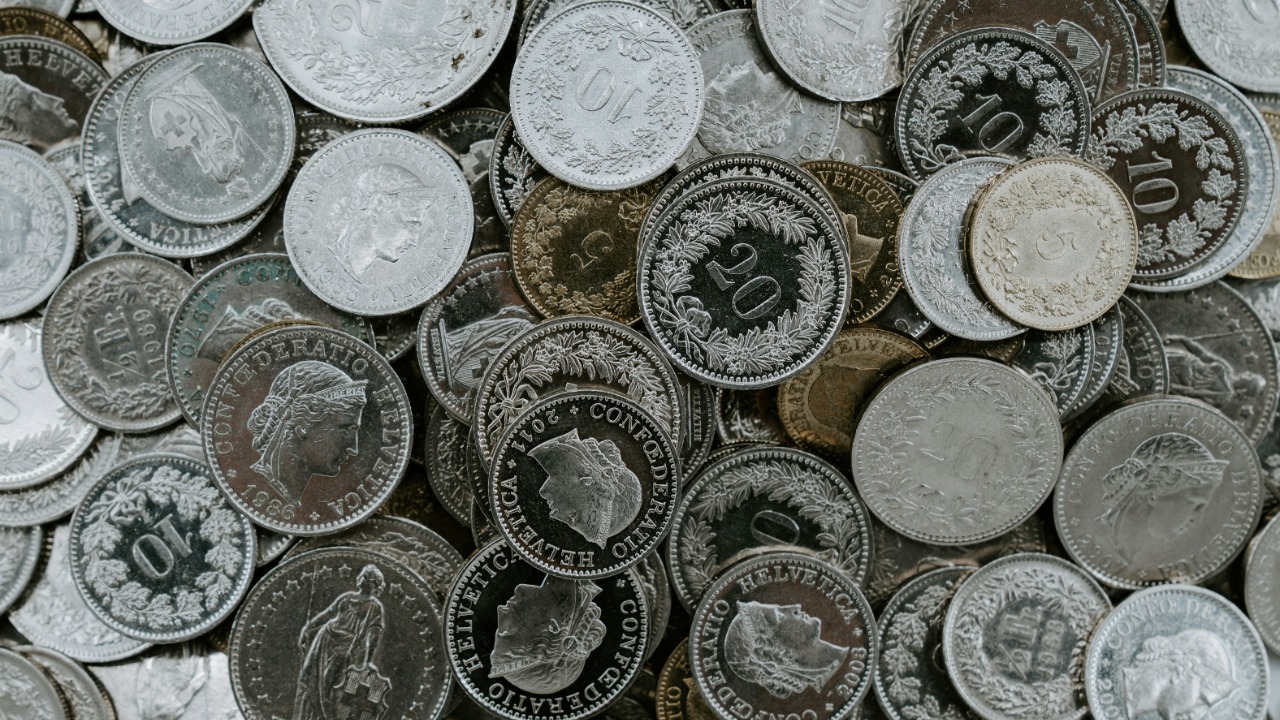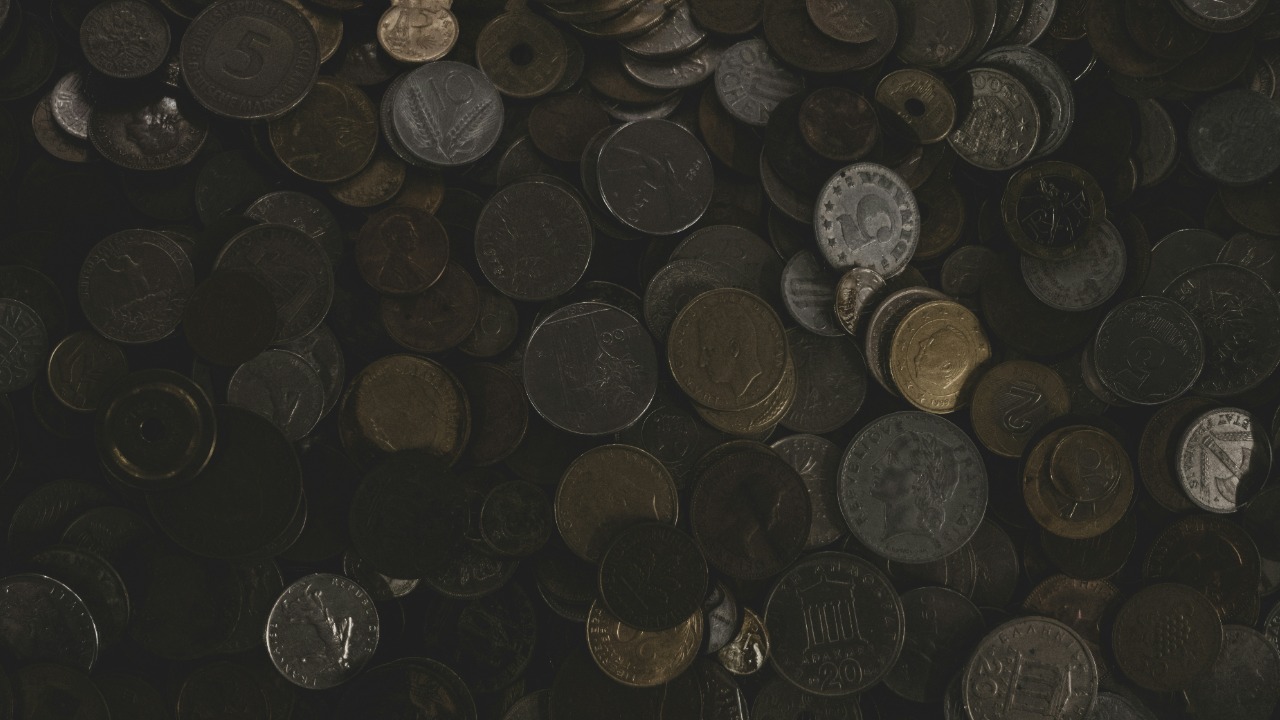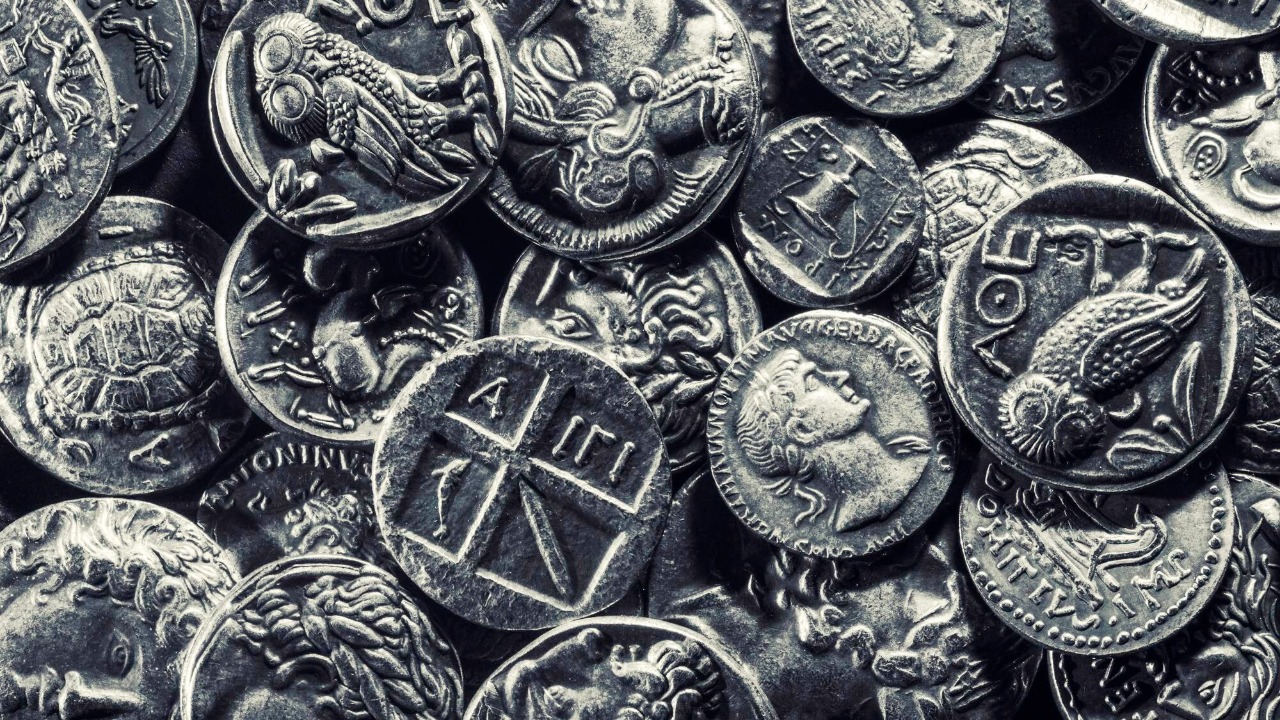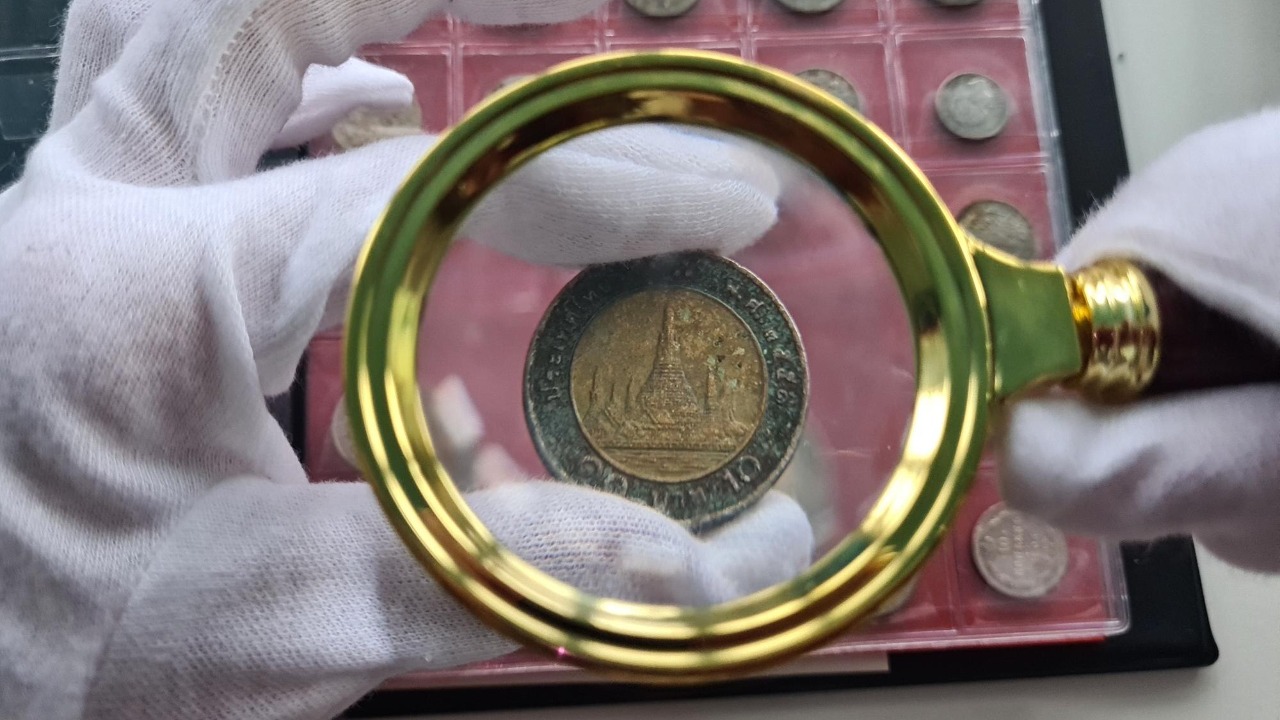
A man digging for worms near Stockholm has uncovered what could be one of the largest coin hoards from the Early Middle Ages ever found in Sweden. This remarkable discovery, potentially comprising up to 20,000 coins, has sparked excitement among archaeologists eager to explore its implications for understanding Viking-era trade and economy. The coins, hidden for over a thousand years, were found in a seemingly ordinary patch of farmland, underscoring the serendipity of the find.
The Discovery

The discovery occurred when an unnamed man was using a spade to dig for worms, a common activity for fishing enthusiasts. As he worked the soil, he struck a metal object, which led to the gradual revelation of a significant number of coins in a concentrated area. Recognizing the potential importance of his find, the man promptly contacted local authorities. Archaeologists from the Swedish National Heritage Board were dispatched to the site to secure the area and initiate preliminary excavations. This swift response ensured the preservation of the site for further study.
The location of the find is on private land near Stockholm, in a rural area that had previously shown no signs of ancient activity. This adds an element of surprise to the discovery, as the land was considered unremarkable before the coins were found. The unexpected nature of the find highlights the potential for significant archaeological discoveries in even the most unlikely places, offering new opportunities to learn about the past.
Characteristics of the Coins

Initial surveys suggest that the hoard consists of up to 20,000 silver coins, many of which appear to be well-preserved. The coins were found in clusters, indicating they were likely stored in a container such as a pouch or pot. This condition provides valuable clues about how the coins were originally deposited and preserved over the centuries. The sheer quantity of coins makes this one of the most significant finds of its kind in recent Swedish history.
The coins are primarily made of silver and originate from various regions, including Anglo-Saxon England, the Arab world, and Scandinavia. This diversity points to extensive international trade networks during the Early Middle Ages. The presence of coins from such varied origins suggests that Sweden was a significant hub for trade during this period, facilitating exchanges across vast distances. The coins date from the 9th to 11th centuries, with some featuring Arabic inscriptions or Christian crosses. These details will require further lab analysis to achieve precise identification and dating.
Historical Context

The timeframe of the Early Middle Ages, particularly the Viking Age, is crucial for understanding the significance of this hoard. During this era, Sweden was a central player in the silver trade, and hoards like this one were often buried for safekeeping during times of conflict or long voyages. The discovery of such a large hoard provides a unique opportunity to explore the economic practices and wealth accumulation of the time.
Compared to other finds in Sweden, this hoard stands out due to its size. While smaller hoards from the same era have been discovered, this one could significantly alter current understandings of local wealth and economic practices. The reasons for the burial of these coins could range from hiding wealth during wartime to ritual deposits, a common practice in the region during the Middle Ages. Each possibility offers a different perspective on the social and economic dynamics of the time.
Archaeological Process and Future Research

The ongoing excavation is being led by experts from the Swedish History Museum. The process involves careful sieving and metal detection to ensure that all coins are recovered without damage. This meticulous work is expected to take several months, reflecting the complexity and importance of the task. The excavation not only aims to recover the coins but also to gather contextual information that could shed light on the circumstances of their burial.
Planned analyses include X-ray imaging, weighing, and cataloging to determine the exact number and value of the coins. These analyses will provide detailed insights into the composition and origins of the hoard. Under Swedish law, the man who discovered the coins is entitled to a finder’s fee, recognizing his role in bringing this significant find to light. The broader implications of the discovery are substantial, with the potential for the hoard to be displayed in a museum exhibit and to contribute to academic research on medieval economics.
The discovery of this coin hoard near Stockholm is a testament to the rich history hidden beneath the surface of seemingly ordinary landscapes. As archaeologists continue their work, the insights gained from this find will undoubtedly enhance our understanding of the Viking Age and the complex trade networks that characterized the Early Middle Ages. For more details, visit the Live Science article.